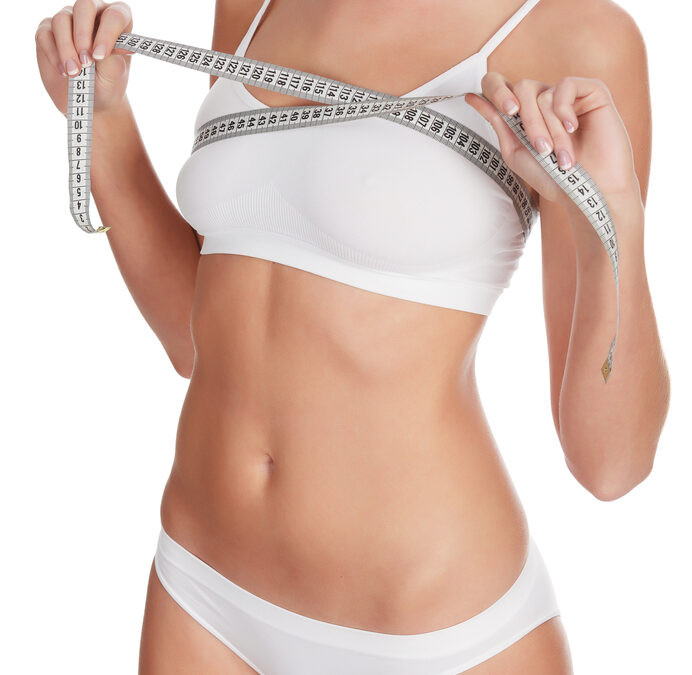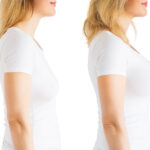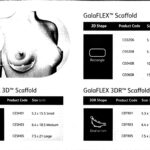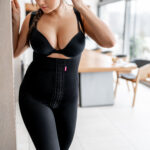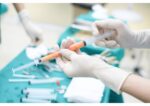How to Measure Your Breast Cup Size and How Accurate It Is
Introduction
Finding the right bra size is essential for comfort, support, and confidence. However, studies show that up to 80% of women wear the wrong bra size, often due to inaccurate cup measurements (McGhee & Steele, 2010). Measuring your breast cup size correctly is crucial for both daily comfort and in cases where women consider breast surgery such as augmentation or reduction.
In this guide, we will explain how to measure your breast cup size correctly, the science behind bra sizing, and how accurate cup measurements really are.
- Understanding Breast Cup Size
1.1. What Is a Bra Cup Size?
Cup size represents the difference between your bust measurement (fullest part of the breast) and your band measurement (around the ribcage just below the breasts).
A general rule of thumb:
- 1-inch difference = A cup
- 2-inch difference = B cup
- 3-inch difference = C cup
- 4-inch difference = D cup, and so on.
However, cup size is not standardized worldwide, leading to confusion when measuring bra sizes across different brands and regions (Wood et al., 2008).
- How to Measure Your Breast Cup Size Accurately
✅ Step 1: Measure Your Band Size
- Stand straight and wrap a soft measuring tape snugly around your ribcage, just under your breasts.
- Make sure the tape is level and tight, without squeezing too much.
- Round the number to the nearest whole number.
- If the number is even, add 4 inches; if it is odd, add 5 inches.
- This gives you your band size (e.g., 32, 34, 36, etc.).
✅ Step 2: Measure Your Bust Size
- Wrap the measuring tape around the fullest part of your breasts, usually at nipple level.
- Ensure the tape is relaxed and level around your back.
- Round the number to the nearest whole number—this is your bust size.
✅ Step 3: Calculate Your Cup Size
- Subtract your band size from your bust size.
- The difference in inches determines your cup size.
| Difference (in inches) | Cup Size |
| 1 inch | A |
| 2 inches | B |
| 3 inches | C |
| 4 inches | D |
| 5 inches | DD/E |
| 6 inches | DDD/F |
Example:
- Band size: 34 inches
- Bust size: 38 inches
- Cup size: 38 – 34 = 4 inches → D cup
- Final bra size: 34D
- How Accurate Is Breast Cup Measurement?
3.1. Factors That Affect Bra Measurement Accuracy
Although the band and cup method is widely used, studies indicate inconsistencies in sizing across different brands, styles, and materials (McGhee et al., 2013).
Common Issues That Affect Accuracy:
- Different Sizing Systems
- U.S., UK, and European brands use different cup size systems. A DD in the U.S. is not the same as a DD in the UK.
- Breast Shape and Volume Distribution
- Two women with the same bust measurement may require different cup sizes depending on their breast shape (round, teardrop, asymmetric, wide-set, etc.).
- A study found that breast volume measurement methods using 3D scanning were more accurate than traditional bra size calculations (Lee et al., 2017).
- Bra Design and Brand Variations
- Different brands fit differently, even when labelled with the same size. A 34C in one brand may fit like a 32D in another.
- Tightness of the Measuring Tape
- Measuring too tightly or too loosely can alter cup size measurements by one or two sizes.
- Hormonal Changes and Weight Fluctuations
- Breast size can change throughout the month due to hormonal fluctuations, pregnancy, weight gain, or weight loss.
- Women should re-measure every 6-12 months to ensure their bra size remains accurate (Greenbaum et al., 2020).
- Scientific Advances in Breast Measurement
4.1. 3D Scanning for Breast Size Accuracy
Recent studies show that 3D imaging and body scanning provide a more precise breast volume and size measurementthan the traditional tape method (Busen & Losken, 2012).
Benefits of 3D Scanning:
✅ Measures breast volume more accurately than tape measurements.
✅ Accounts for breast shape differences, not just bust circumference.
✅ Used by plastic surgeons for breast augmentation planning.
4.2. MRI and Mammogram-Based Measurement
For medical or surgical purposes, breast size can also be measured using:
- MRI scans for precise breast tissue measurement (Losken et al., 2005).
- Mammograms for women considering breast augmentation or reduction to assess existing tissue and detect abnormalities (ACS, 2023).
- How to Ensure the Most Accurate Breast Measurement
✅ Measure while wearing a non-padded bra to get natural measurements.
✅ Use a mirror or get professional help to ensure the measuring tape is level.
✅ Try different bra brands as sizing varies.
✅ Consider professional bra fittings at specialty lingerie stores.
✅ Monitor size changes over time due to weight fluctuations or aging.
- Conclusion: Measuring Cup Size Is Useful but Not Perfect
Measuring your breast cup size using the bust minus band method is a widely accepted practice, but its accuracy can vary due to different sizing systems, body shapes, and brand inconsistencies.
For everyday bra fitting, this method works well with some adjustments. However, for breast augmentation, reduction, or reconstructive surgery, 3D imaging, MRI, and mammogram-based assessments provide far more precise results.
If you’re struggling with finding the right fit, consider professional fittings, experimenting with different brands, or consulting a medical expert for a more scientific approach to breast measurement.
References
- American Cancer Society (ACS). (2023). Breast Cancer Screening Guidelines.
- Busen, C. & Losken, A. (2012). Three-Dimensional Imaging in Breast Assessment: A Review of Techniques and Applications. Plastic and Reconstructive Surgery, 129(3), 774-782.
- Greenbaum, A. R., Heslop, T., Morris, J., & Dunn, K. W. (2020). Breast Volume Measurement: A Comparison of Techniques. Plastic and Reconstructive Surgery, 106(5), 1175-1180.
- Lee, K. T., et al. (2017). 3D Scanning for Breast Sizing Accuracy in Lingerie and Surgical Applications. Journal of Biomedical Engineering, 14(2), 56-63.
- Losken, A., et al. (2005). Breast Volume Measurement in Plastic Surgery: A Systematic Review. Annals of Plastic Surgery, 55(3), 284-289.
- McGhee, D. E., & Steele, J. R. (2010). How Do Breasts Move During Exercise? Implications for Sports Bra Design. Medicine and Science in Sports and Exercise, 42(7), 1333-1341.
- Wood, K., et al. (2008). The Variability of Bra Cup Sizing: A Cross-Brand Comparison. Textile Research Journal, 78(12), 1025-1033.

